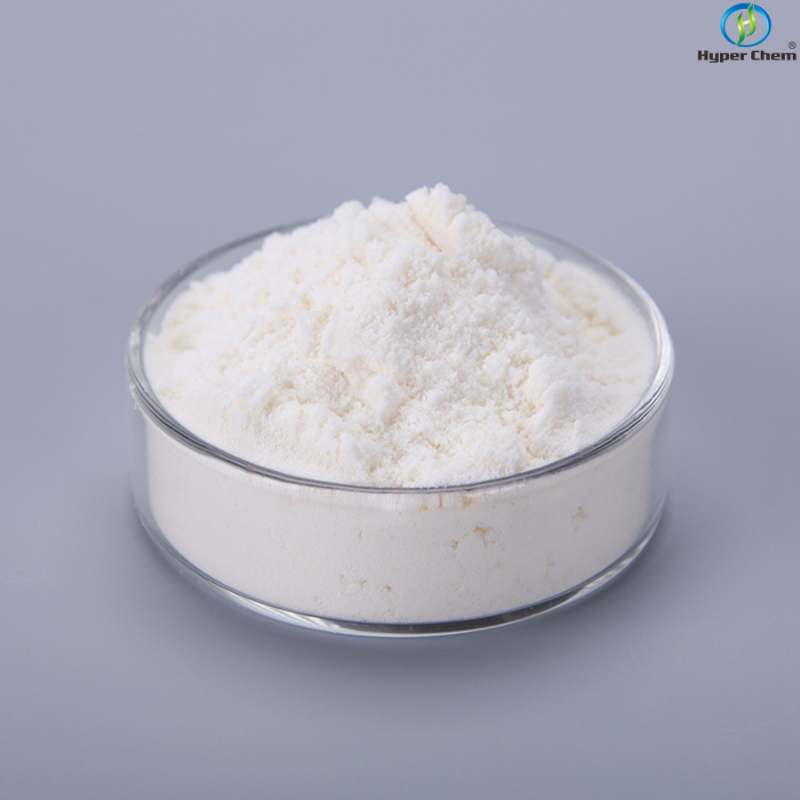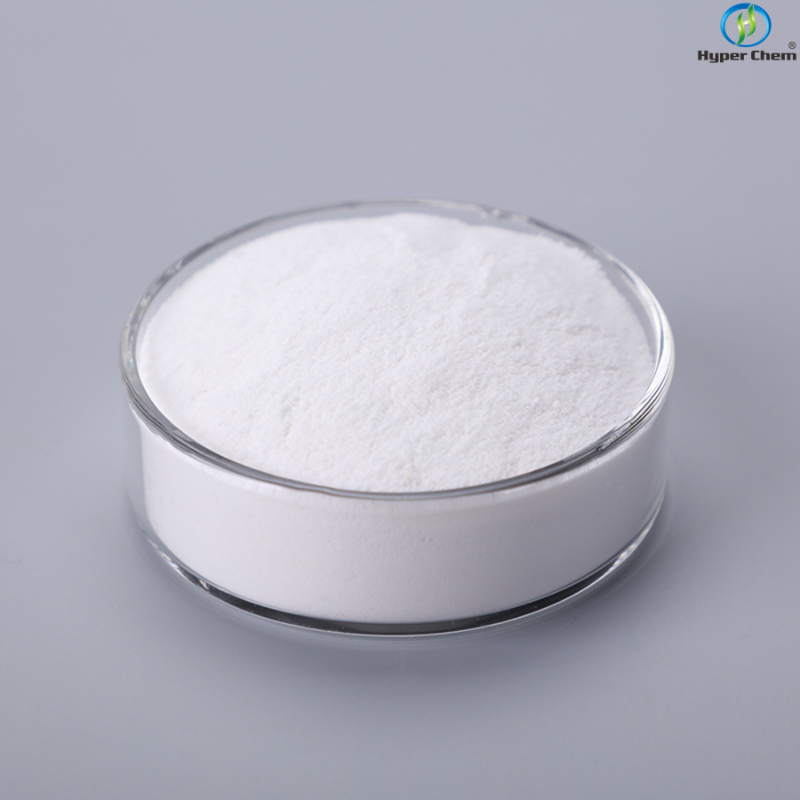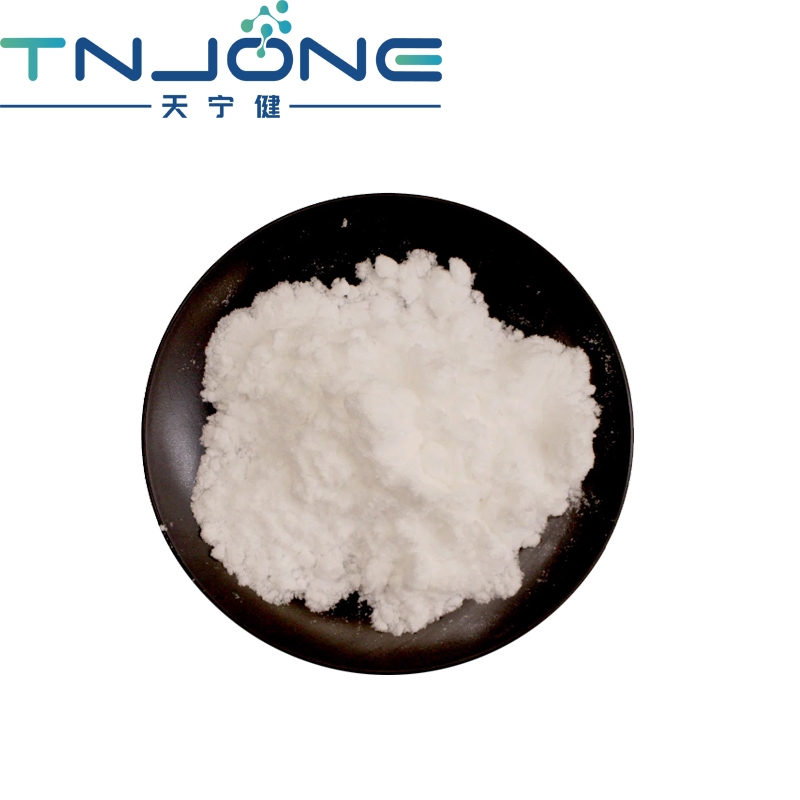-
Categories
-
Pharmaceutical Intermediates
-
Active Pharmaceutical Ingredients
-
Food Additives
- Industrial Coatings
- Agrochemicals
- Dyes and Pigments
- Surfactant
- Flavors and Fragrances
- Chemical Reagents
- Catalyst and Auxiliary
- Natural Products
- Inorganic Chemistry
-
Organic Chemistry
-
Biochemical Engineering
- Analytical Chemistry
-
Cosmetic Ingredient
- Water Treatment Chemical
-
Pharmaceutical Intermediates
Promotion
ECHEMI Mall
Wholesale
Weekly Price
Exhibition
News
-
Trade Service
Sickle cell disease is an inherited disorder of the function of hemoglobin molecules.
When the hemoglobin molecules are exposed to various environments, the red blood cell hemoglobin polymerizes and distorts into a sickle shape
.
Sickle cell disease is characterized by recurrent blood vessel blockages that cause painful crises
Vascular children
Gene therapy for sickle cell disease with LentiGlobin includes autologous transplantation of hematopoietic stem and progenitor cells, transduction of a BB305 lentiviral vector encoding a modified β-globin gene (encoding anti-sickle hemoglobin HbA T87Q )
.
In an ongoing Phase 1-2 trial, investigators optimized the treatment process for the initial 7 patients with sickle cell disease in arm A and 2 patients in arm
B.
Cohort C was established for the pivotal assessment of LentiGlobin in sickle cell disease with stricter inclusion criteria requiring at least 4 serious vascular occlusive events in the 24 months prior to enrollment
Changes in hemoglobin levels
Changes in hemoglobin levelsAs of February 2021, all 35 patients received an infusion of LentiGlobin, with a median follow-up of 17.
3 months (range 3.
7-37.
6 months)
.
Implantation occurred in all 35 patients
Median total hemoglobin levels increased from 8.
Serious Vascular Occlusion Events with LentiGlobin Infusion
Serious Vascular Occlusion Events with LentiGlobin InfusionThe hemolytic index of the tested patients was generally decreased
.
Of the 25 evaluable patients, all had resolution of serious vaso-occlusive events, with an average of 3.
The overall decrease in the hemolytic index of the test patients
In conclusion, a one-time treatment with LentiGlobin resulted in sustained production of HbA T87Q from most red blood cells , thereby reducing hemolysis and completely resolving severe vascular occlusion events
One-time treatment with LentiGlobin resulted in sustained production of HbA T87Q by most red blood cells , resulting in reduced hemolysis and complete resolution of severe vascular occlusive events of vascular occlusive events T87Q
Original source:
Original source:Julie Kanter, et al.







